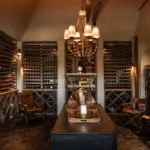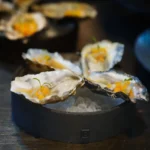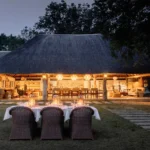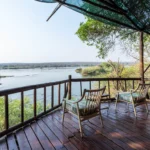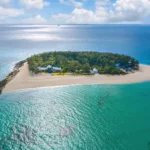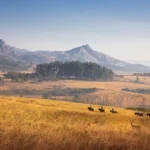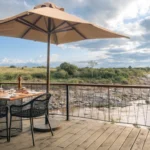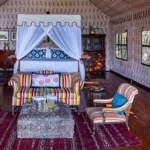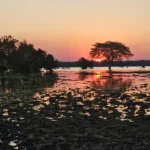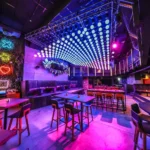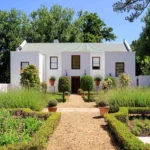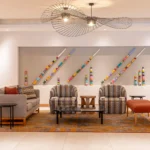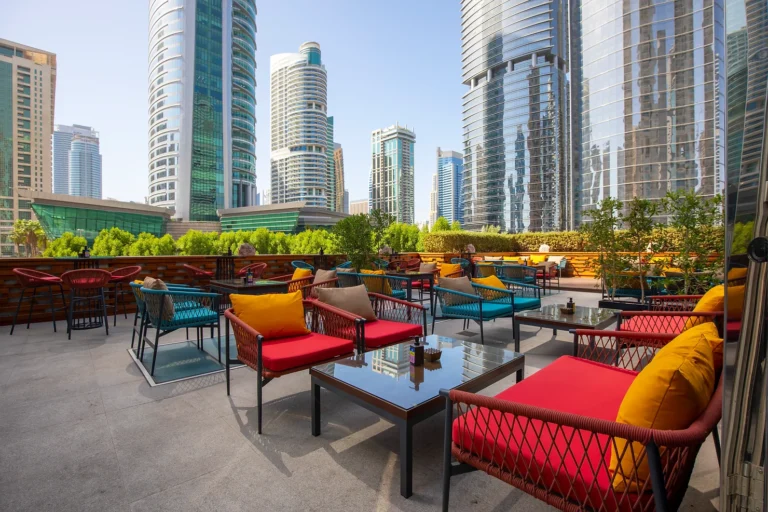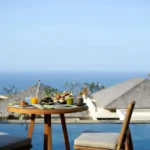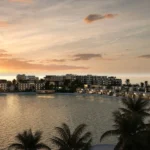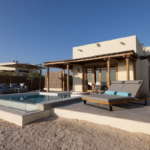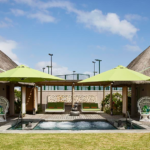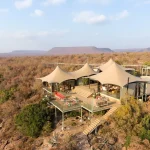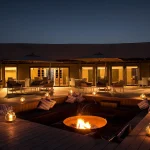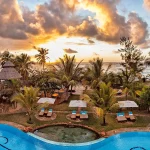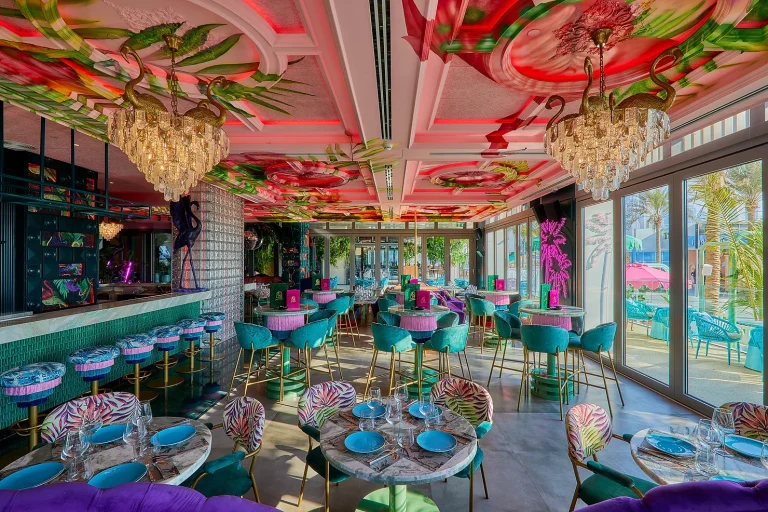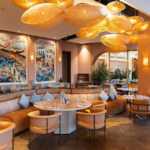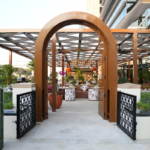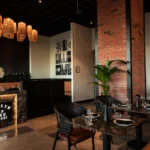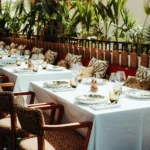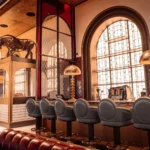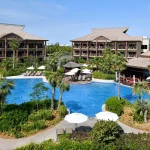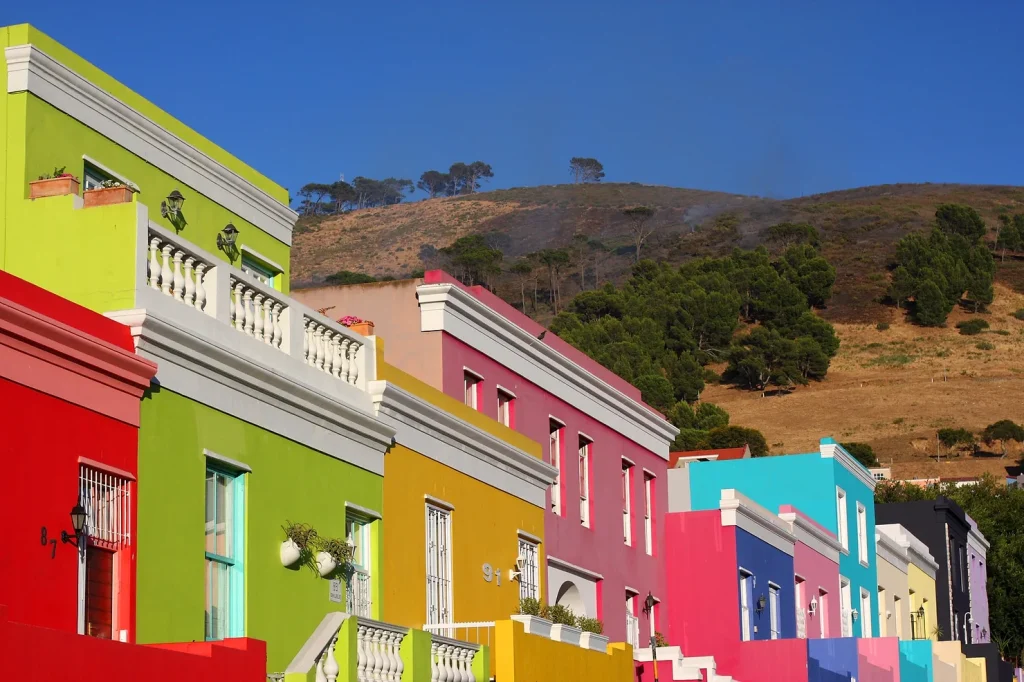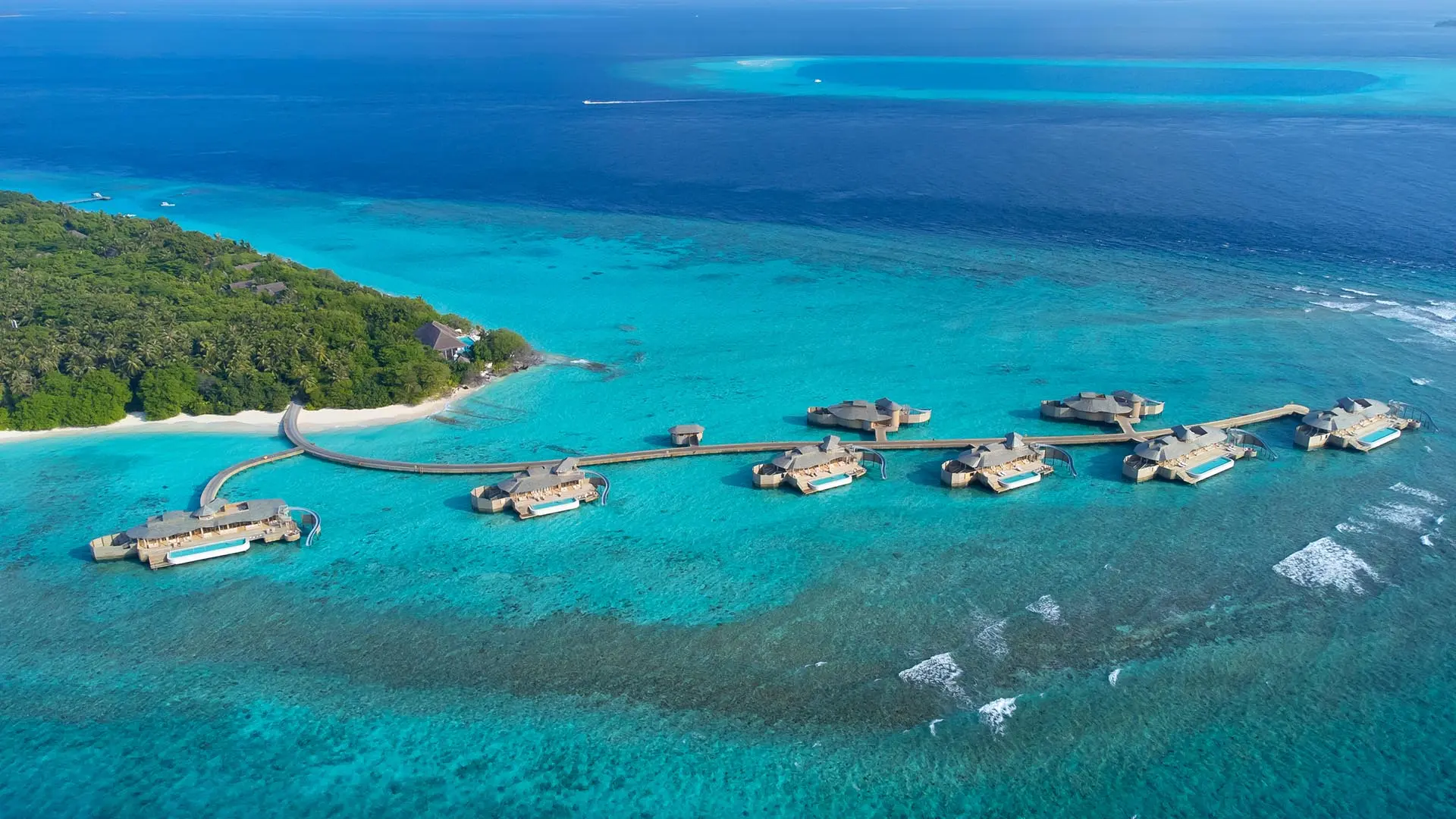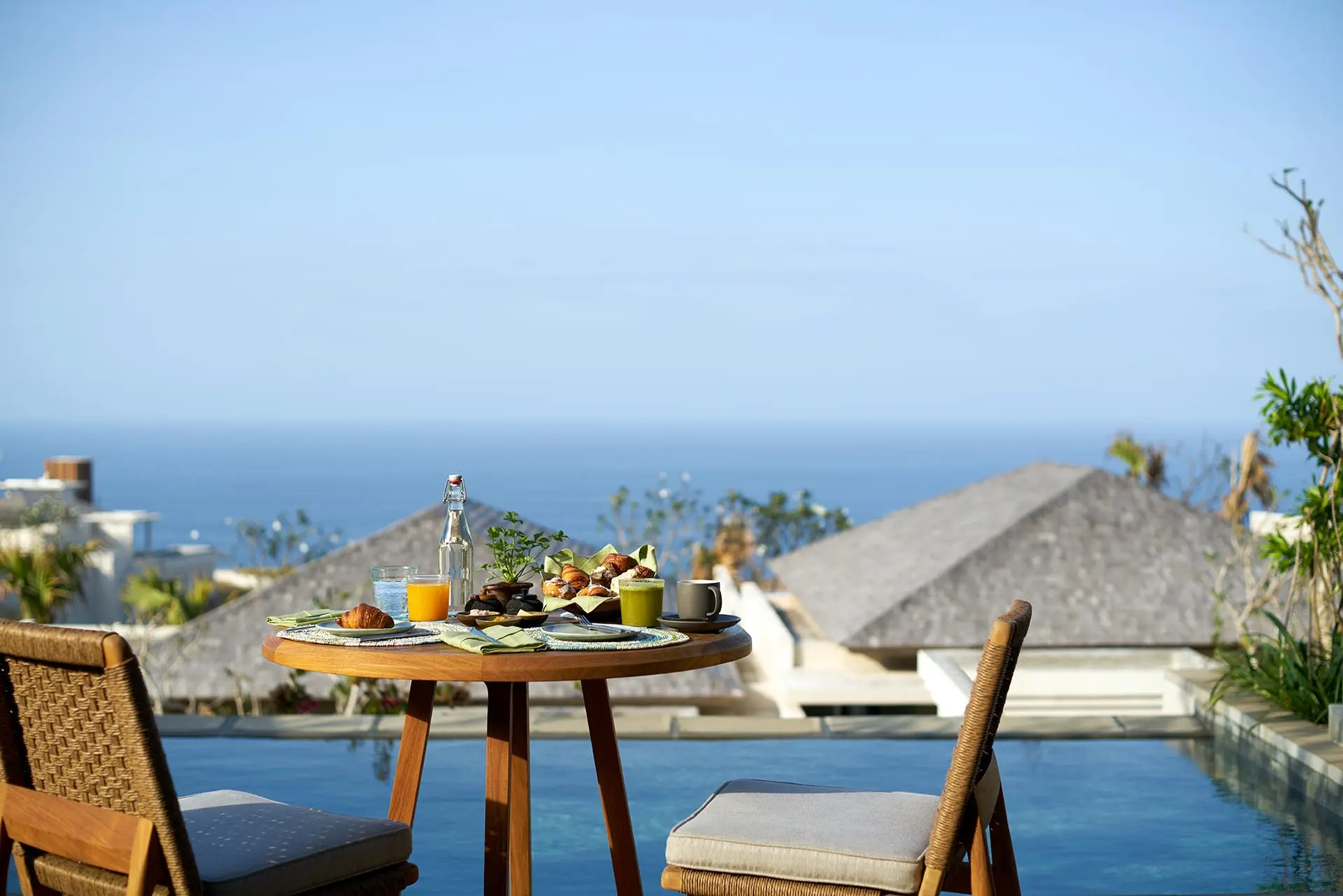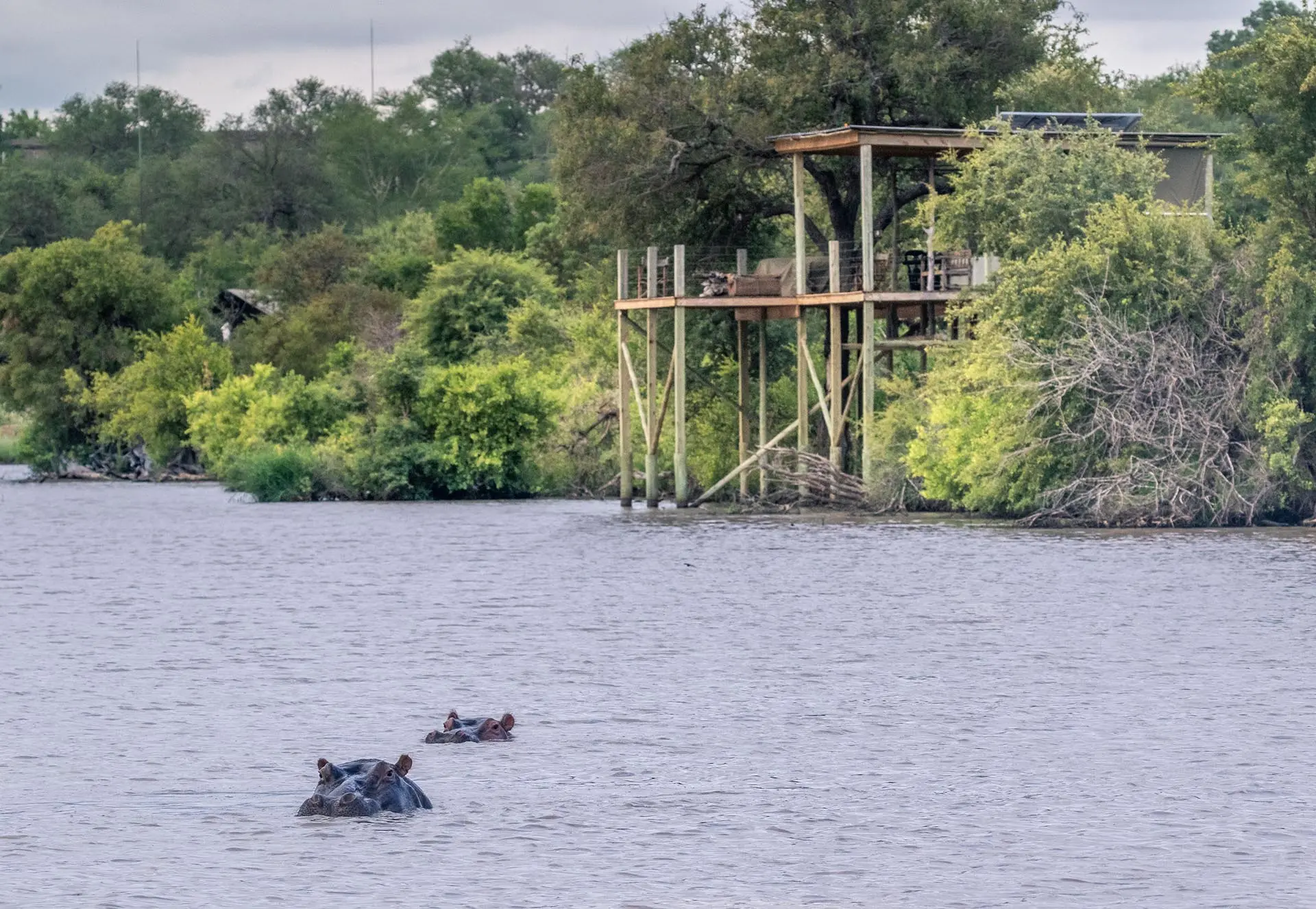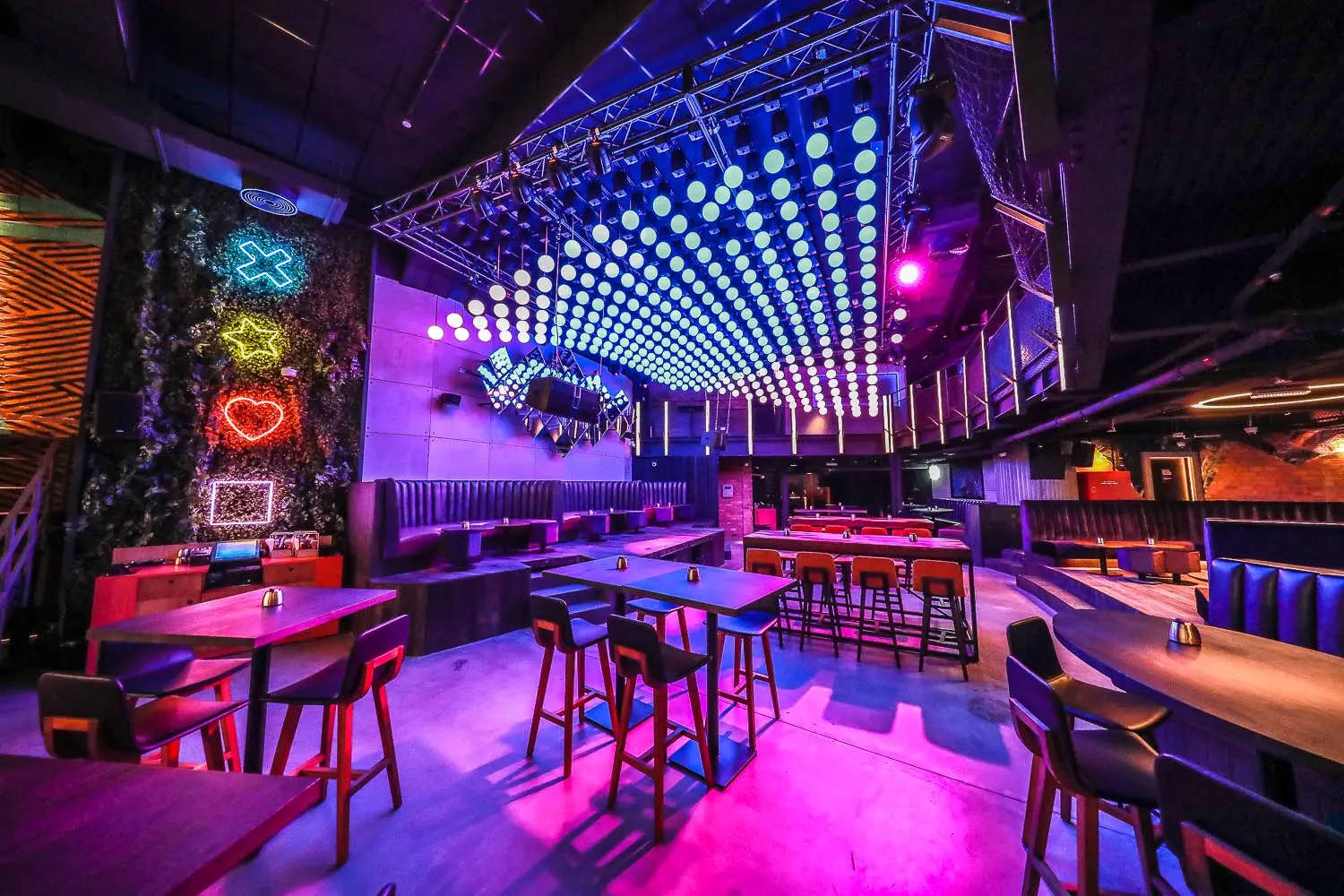Words by Daphine Mabhiza
Cape Town has long stood as one of Southern Africa’s top travel destinations, with travelers from all over the world venturing to this picturesque city for its beautiful beaches, rolling Winelands and so much more. Cape Town is truly a postcard destination that offers activities for both the young and the old, creating unforgettable memories for both.
Affectionately referred to as the ‘Mother City’ by locals, Cape Town within its environs, possesses a hidden gem that has become quite intriguing for tourists looking for experiences that connect them with the heart of the city’s culture and heritage. Bo-Kaap, a residential area in Cape Town, boasts a history and vibe that is truly distinctive. Definitely, a place you don’t want to miss when you visit the beautiful sunshine city of Cape Town, Bo-Kaap is an old part of the city, viewed as being emblematic of the nation’s journey to freedom and post-Apartheid triumph. As you walk through the cobbled streets of Bo-Kaap, its multi-colored buildings tell a compelling story of this neighborhood place and its residents, in a tour that will remain etched in your mind for a lifetime.
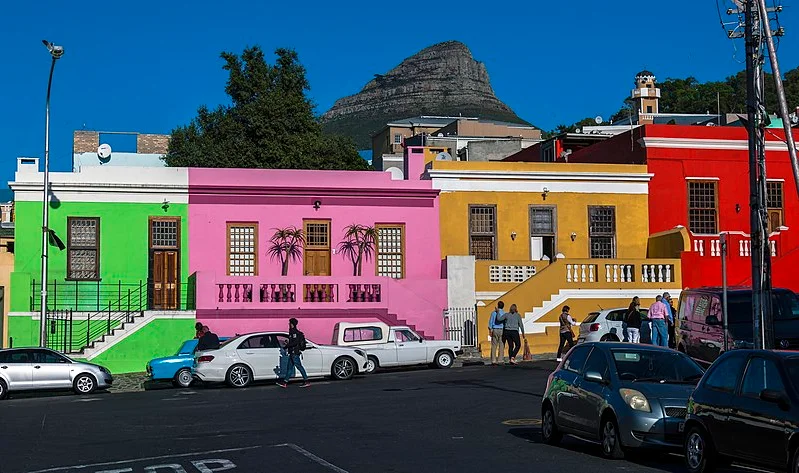
The History of Bo-Kaap
Bo-Kaap, which means ‘above the Cape’ is a township situated on the slopes of Signal Hill above the city centre. It was once known as Malay Quarter, and today, it stands on the strong history of its ancestors who fought to have a place in this world after being displaced from what they called home.
Bo-kaap dates to the 1700s, when it became a settlement for slaves initially brought in from Malaysia, Indonesia, and other parts of Africa. Their cultures became intertwined, and the community was predominantly Muslim, so built the Auwal Mosque in 1794 as a symbol of their faith and culture. The community continued to grow and in the 1800s, Bo Kaap became a hub for tradesmen, craftsmen, and artisans, and a safe haven for the Muslims. However, even though the people worked to build their own community, they still had a long fight for power and basic rights.
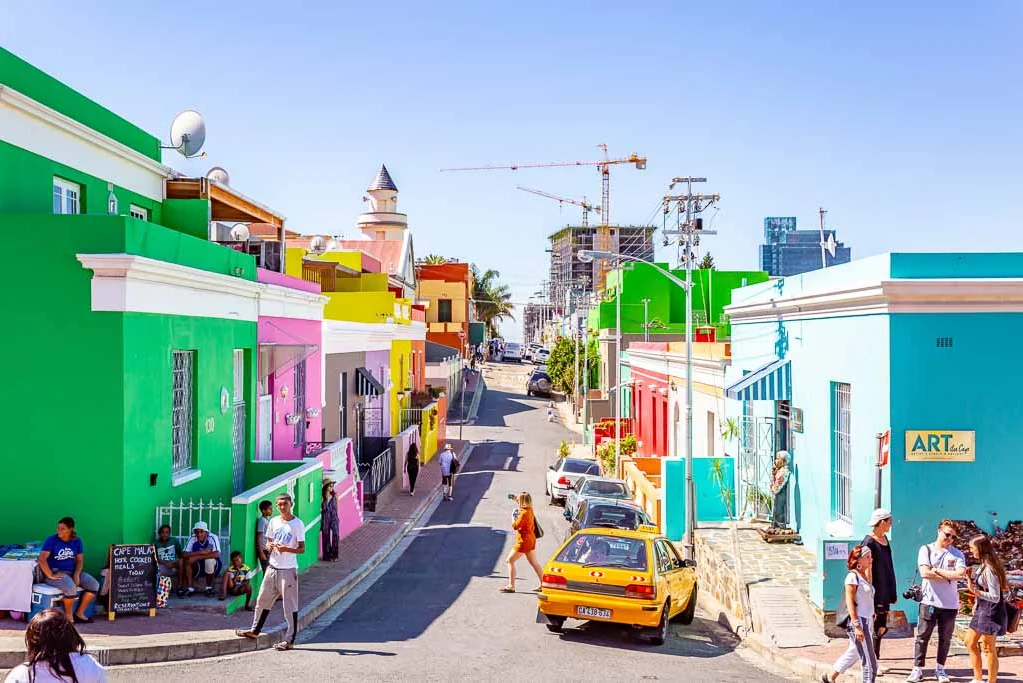
It is said that inhabitants of this community could only wear dull white and grey colored clothes and their homes were the same dull colors. During the apartheid era, a dark time in South Africa’s history, Bo-Kaap was occupied by British colonists who also wanted the houses to be a certain way. In 1994, when South Africa gained independence, the residents of Bo-Kaap were able to buy and own these homes. and they decided to paint the houses as a celebration of their true freedom. This is the tale told today about what prompted the vibrant colors.
Bo-Kaap Today
Because Bo-Kaap is such an attraction to tourists from far and wide, it has fast evolved into a tourist area, with arts and crafts shops within the neighborhood, tours taking place a few times a day, and more. With street art to marvel at, with some of the art having been done by some famous South African artists, such as the famous mural by Jason Sonny that has brought many art lovers to the neighborhood, there are plenty of sites that make Bo-Kaap perfectly Instagrammable. The Auwal Masjid is also a popular landmark, as it was the first mosque to be built in Bo-Kaap by the Cape-Malay slave settlers.
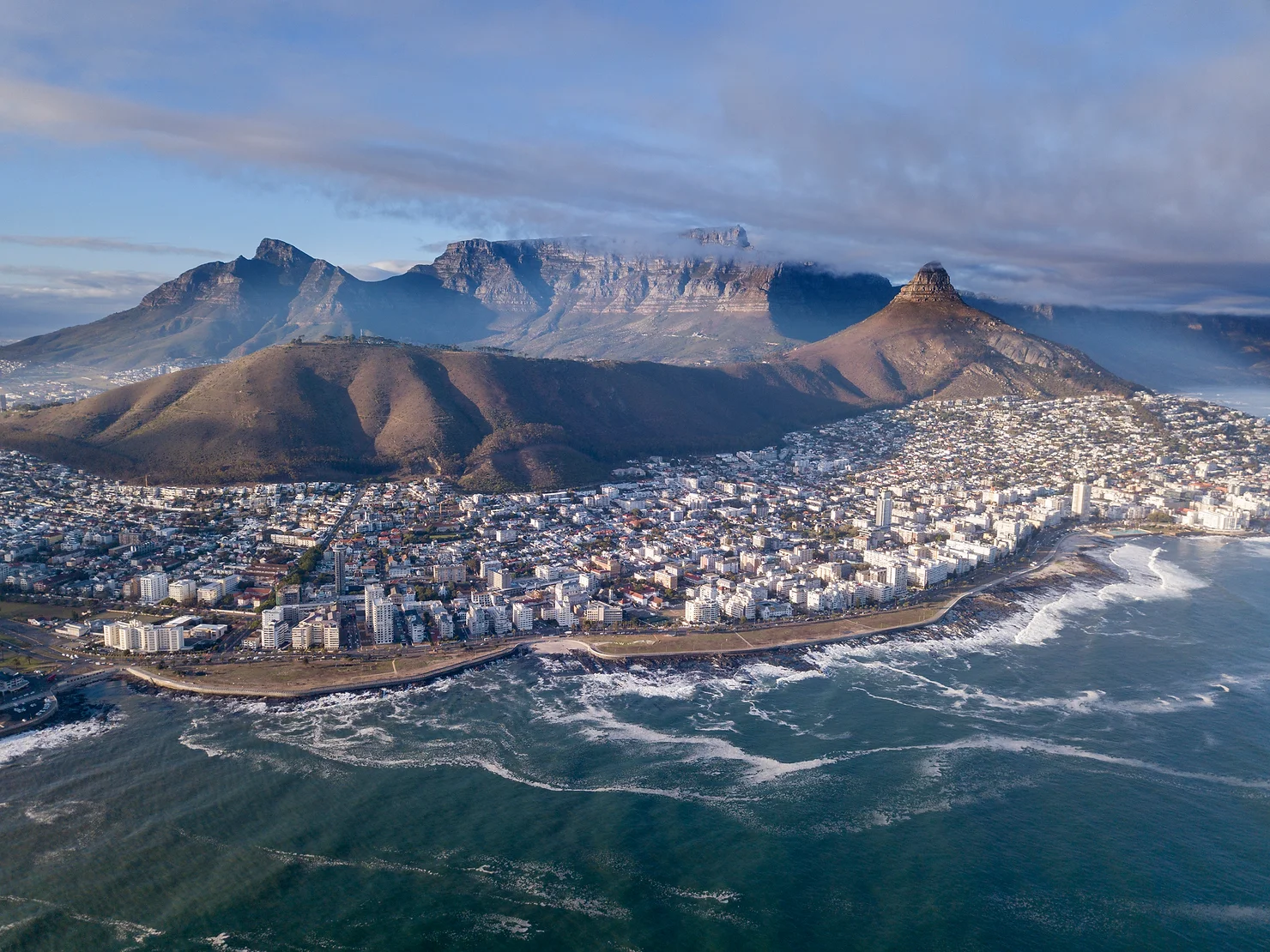
Lots to keep you wanting to stay longer in Cape Town
Tour the streets of Cape Town as you venture from Sea-Point, through to Bo-Kaap and the V&A Waterfront. Whether you tour on foot or on the bike, you stand to gain a true appreciation of the town.
From serene beachfront to beautiful views and vibe of the waterfront, eat your way through the tour, immersing yourself in the unique cuisines that Cape Town has to offer. From eateries offering local delicacies, to the famous food spots, the Mother City is an unsurpassed invitation to explore the culture using your palette.
If a little outdoor adventure is your idea of a good time, then hiking up Table Mountain is something you can’t miss.
You can also take a trip outside the city, to the Cape of Good Hope and fall in love with the other side of Cape Town; which offers a tranquil coastline, breathtaking beaches, and up-close encounters with the beautiful penguins in their habitat. Learn about the history of the Cape Peninsula and the other landscapes as you stand at the edge of Africa and take in the fresh sea air.
Bo-Kaap’s rich history, a blend of culture, and colorful vibe is a great place to add to your Capetonian holiday itinerary, whether you start or end one of the days of your trip in this neighborhood of colorful pretty houses with great historical significance to behold.






